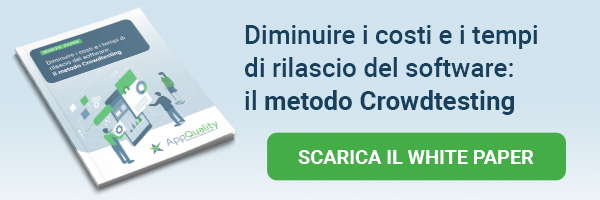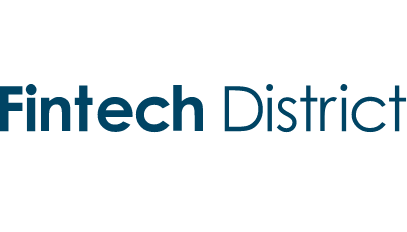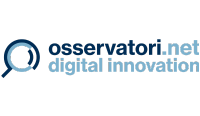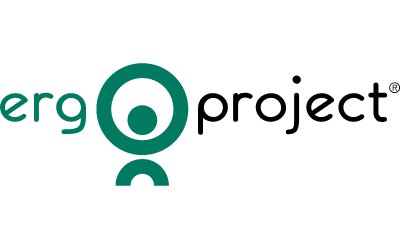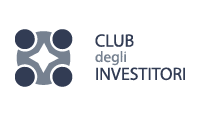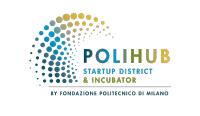An extract from McKinsey: http://www.mckinsey.com/industries/high-tech/our-insights/an-executives-guide-to-software-development?cid=other-eml-alt-mip-mck-oth-1702
Below the main points:
- CEO Jeffrey R. Immelt wrote, “We believe that every industrial company will become a software company.”
- With the help of Community-driven development, today, a Tesla car has more lines of code than Windows Vista operating system but with a fraction of Microsoft’s software development capabilities
- Companies pay a steep price for dismissing software’s importance. With the pervasive availability and use of high-quality applications on mobile platforms, the customer’s expectations have been reset. It’s hard to imagine a successful business without a strong online and mobile presence
- Human-centric design: design is shaped by insights from user research, customer-journey analysis, and storyboarding. The design concepts are then constantly iterated upon with customers. Finally, design execution is made central to the development process, with user-experience designers included as a core part of the development team.
- A/B testing: The capability to test different variants of functionality in real time with end users is now mainstream with cloud-enabled software
- DevOps (Agile): Companies need to master five core-competence areas to achieve DevOps at scale. These are continuous integration and delivery, automated testing, self-service access to infrastructure, automated performance management, and infrastructure that can scale automatically
- Test Automation and Test Driven Design: by automating testing and integrating it into the development process, teams create high-quality code that meets business requirements and can be deployed quickly. In test-driven development, test cases that describe user requirements are written first and are then applied immediately to test new code. For high-value test cases, particularly all regressions tests, tests are automated to ensure the quality of code in important areas
- Product Security: To build a secure product, security and risk-management thinking must be incorporated across the product-development life cycle. This implies that security transcends secure-coding practices. It includes involving a security champion in the DevOps team from inception, building a secure customer experience, and investing in tools and hackathons to identify security issues early in the development cycle
- The arrival of cloud technologies and the fast-cresting Internet of Things wave are two unstoppable forces promoting digital capabilities
Write me to see how we can help: luca.manara@app-quality.com


